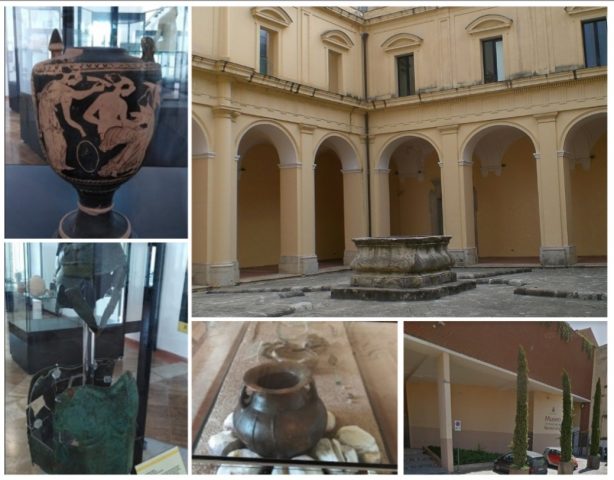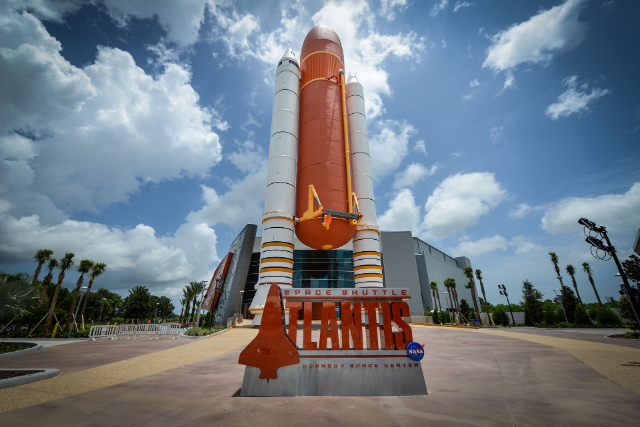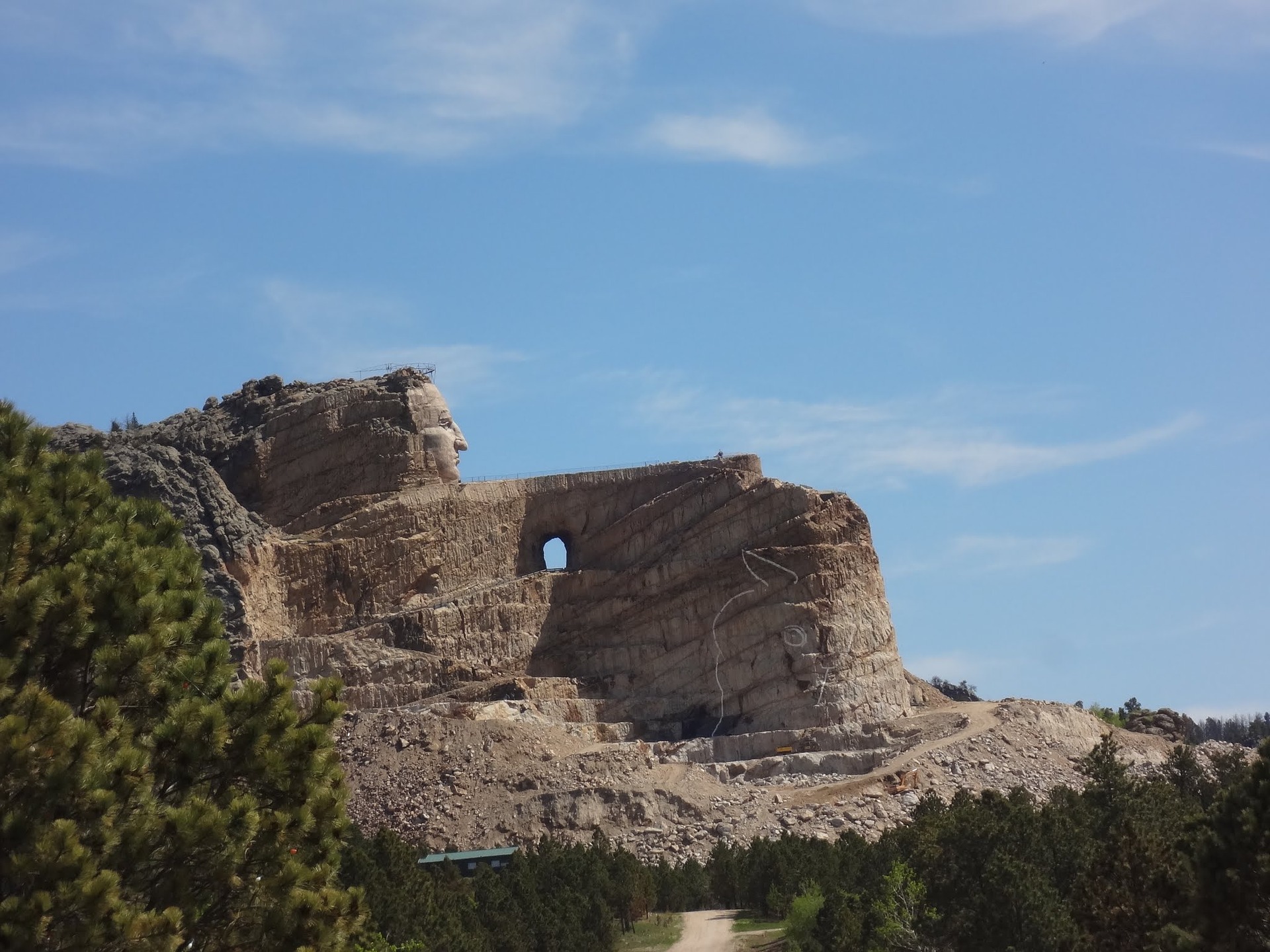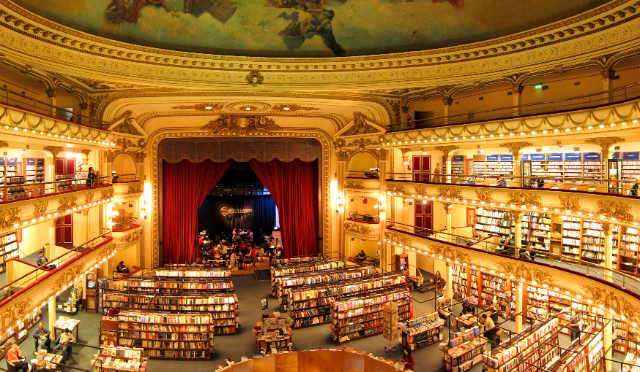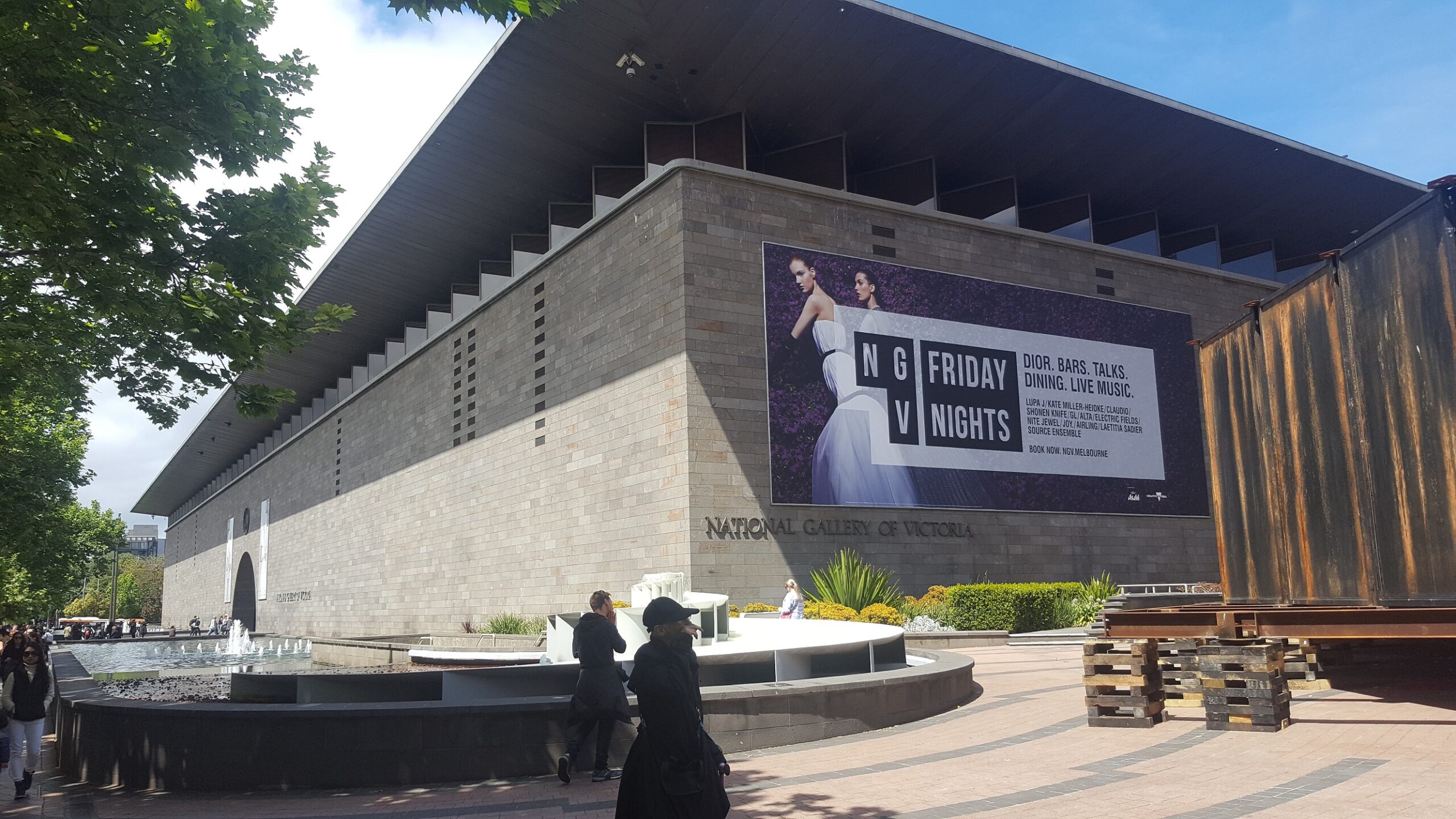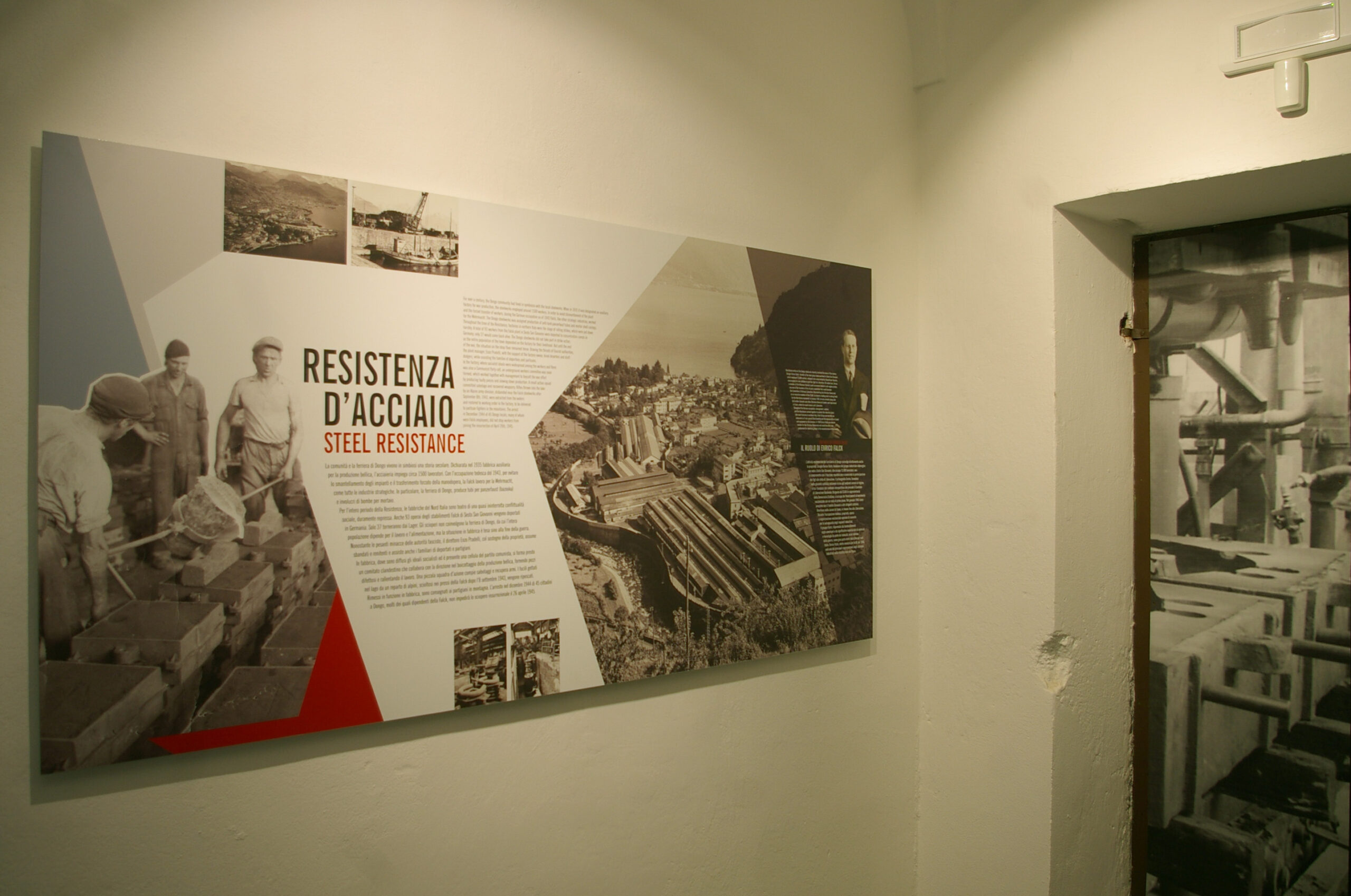The National Archaeological Museum of Eboli and the middle Sele Valley, open to the public since March 2000, is located in the former convent of San Francesco, a monumental complex dating back to the 13th century and which was extensively remodelled during the 16th century.
The exhibition, not yet completed in all sections, is organized according to chronological criteria.
The first section is dedicated to the most ancient evidence from the Ebolitan territory: the evidence dating back to the Upper Neolithic is followed by the illustration of the tombs found in Madonna della Catena and dating back to the Eneolithic period (so-called "Gaudo" facies). Evidence relating to the Bronze Age documents the occupation of the hilly areas by small settlements linked to transhumance practices and open to contact with the outside world, as demonstrated, for the 11th century B.C., by the presence of Mycenaean-type ceramics.
The second section is dedicated to the exhibition of the rich funerary objects that, starting from the Iron Age, show a substantial continuity of occupation of the settlement of Eboli until the Roman Age, when Eboli (Eburum) took the status of municipium.
In addition to the documentation relating to Eboli, the museum itinerary includes an example of the finds found in the town of Campagna and Oliveto Citra.
